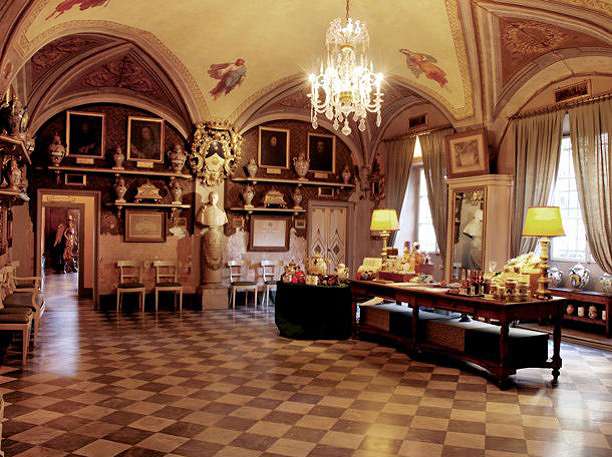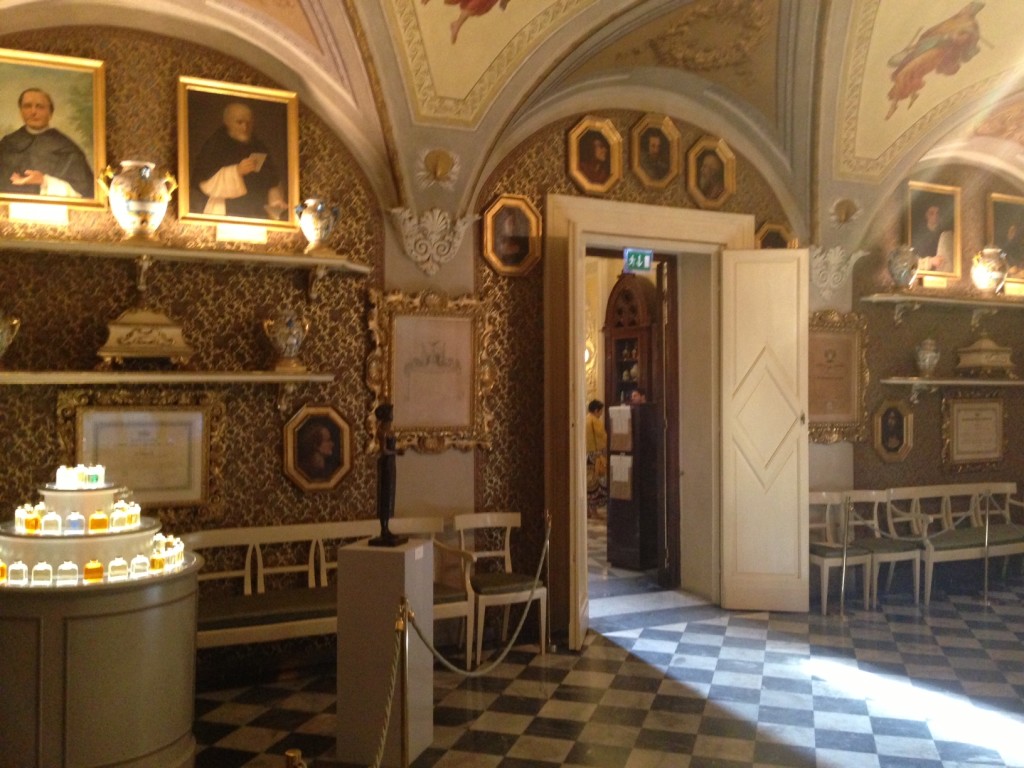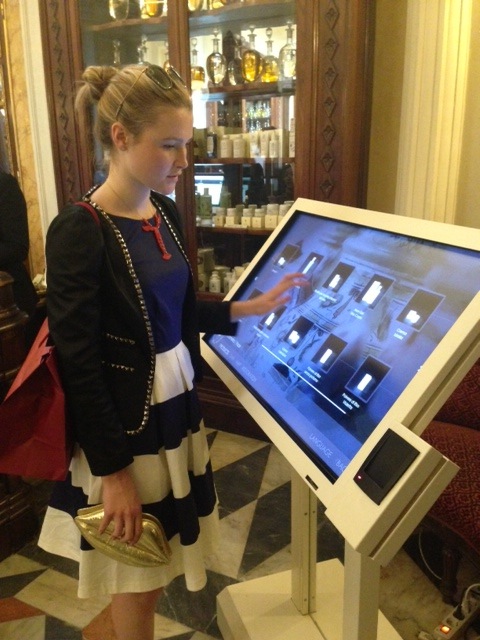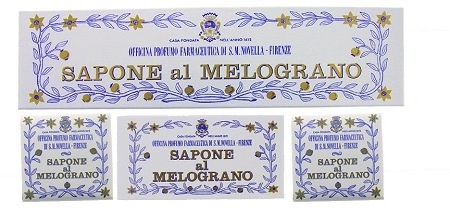Founded in Florence, Italy, by Dominican Friars shortly after 1221, the Officina Profumo-Farmaceutica di Santa Maria Novella, situated behind the famous church of the same name, is one of the world’s oldest pharmacies. With the apothecary originally serving the church’s monks ,little by little the products made their way into the public domain, and in 1700 the pharmacy became an open retail location, with its balms and ointments in international demand even as early as the 18th century.
Now with over 25 stores worldwide from London to Taipei, how has this centuries old brand remained relevant? And what lessons can retailers learn from their Florentine flagship store?
Through word of mouth 4 or 5 years ago, Santa Maria Novella came onto my brand radar via a conversation I had about soap with a very glamorous woman in the south of France. Ever since, I have noticed it, so whilst finding myself in Florence the other weekend I had to make a trip to the flagship. The entrance to SMN is as low-key and humble as the products themselves. Located on a side street behind the church square, the anticipation and sense of true local discovery is already building positive emotions in the consumer mind. A great wooden door leads you into a marble entrance hall to a buzzing, renaissance atrium of activity.

What’s interesting about the retail set up of this quasi-luxury brand is its balance of church like reverence and serenity, museum like importance, and the trust traditional apothecary retail brings. Split into four decandtley decorated rooms, the main foyer houses the vast majority of products behind curiosity like antique cabinets. The sheer volume and diversity of merchandise was initially daunting – there is no clear journey to take, but this is not a grab and go style shop. The focus is on immersing the consumer soothingly into all manner of lotions and potions.
The decision to place interactive digital screens in every corner has definitely worked to their advantage, helping consumers find the item they may need, and indeed it was the touch point I noticed many asian consumers used ,rather than talking to staff. Restaurant like menus in over 10 languages are stacked in neat wooden racks that list the products and prices, again emphasising the freedom of consumers to wonder through to say, the candle and fragrance room, or the tea shop and museum, literally with all the information they need to hand.
When one wants to buy an item, you are handed a plastic card to take with you to the till room – this separation between product discovery and conversion is the most interesting part of the shopping experience. Indeed the ‘payment room’ as it were, has a calming sense of affirmation and medicinal security, even religious faith, to instil in you the divine belief that the 20 euros you are about to spend on a tiny soap is definitely worth it.





